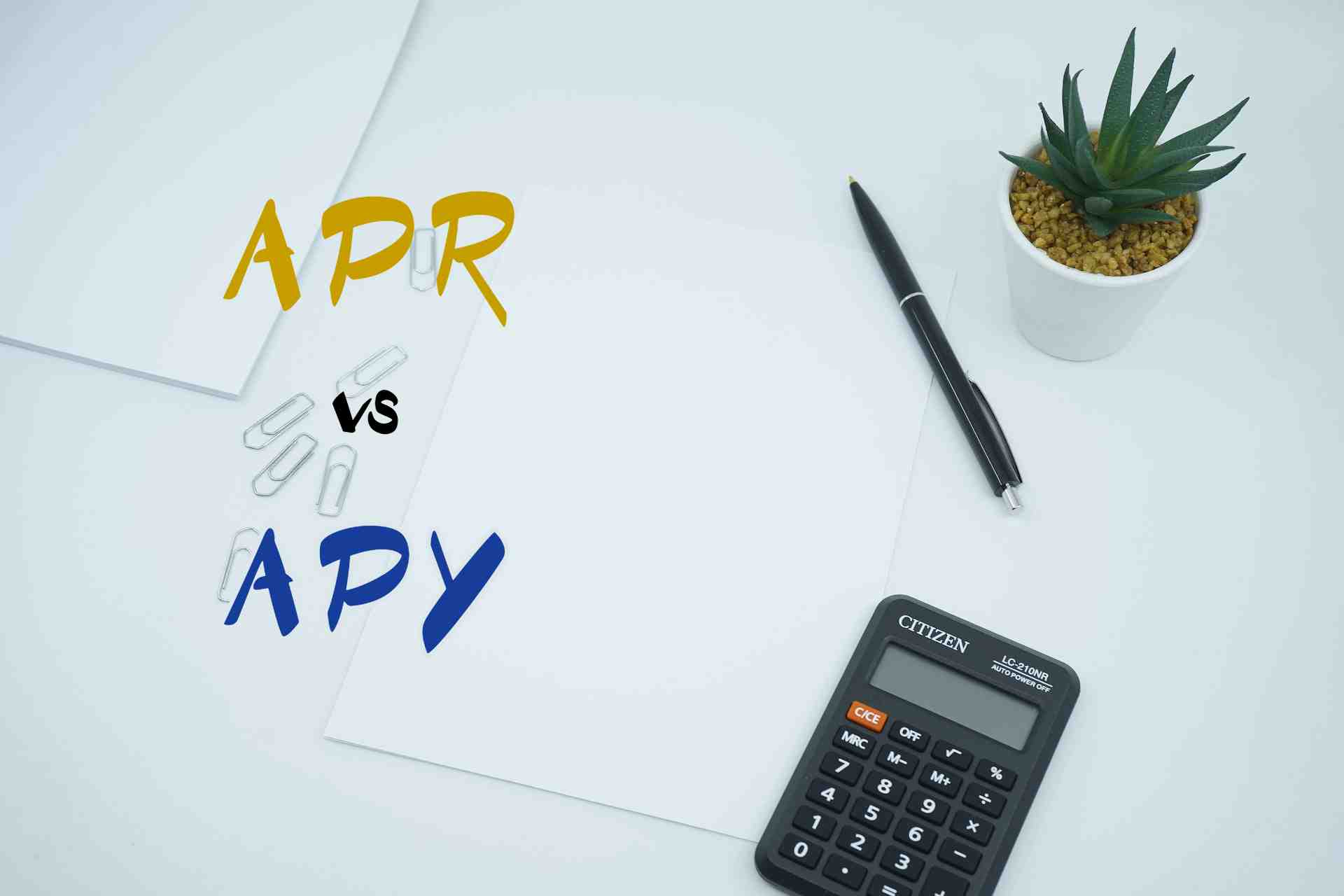APR vs. APY: What's The Difference?

When you are starting to invest in a Fixed Deposit (FD), APR and APY are important terms to know.
Annual Percentage Rate (APR)
APR, the annual percentage rate reflects the amount of simple interest that we get paid. It is the interest rate paid by the bank on a yearly basis, expressed in the form of a percentage. In other words, APR refers to the yearly interest rate you'll get paid for the amount you have invested in a fixed deposit. In other words, APR refers to the yearly interest rate you'll pay if you carry a balance
How to know the APR ?
Banks typically publish the APR rate for each Fixed Deposit term.
Annual Percentage Yeild (APY)
APY, the annual percentage yield is used to calculate the interest rate earned on an investment or savings account taking into account the effect of compounding interest. This means that your money earns interest not only on the principal investment, but also on the interest you’ve already earned. With each period going forward, the account balance gets a little bigger, so the interest paid on the balance gets bigger as well. The higher the APY, the faster your account will accumulate interest.
What is Compound Interest?
Compound interest is the interest you earn on all the money in your account — not just the principal deposit, but also the interest itself. This distinguishes compound interest from simple interest, which is the interest you earn on the deposit only.
Compound interest can compound daily, monthly, quarterly and annually. Compound interest is helpful to grow your interest in savings.How To Calculate APY ?
APY = (1 + r/n)n – 1Let’s say you have Rs. 10,000 in a fixed deposit account and earn 5% interest on this money. By the end of the year, you will have made Rs.500 in interest and have Rs.10,500 in your account. If you keep that Rs.10,500 in the same account the following year, you’ll earn the same 5% interest rate but on the new amount of Rs.10,500 rather than the initial Rs.10,000. This means that you will have Rs.11,025 in your account at the end of the second year. By the end of year three, you will have made a total of Rs.1,577 in interest alone.
- APY, is used to calculate the interest rate earned on an investment taking into account the effect of compunding interest.
- The more often interest is compounded, the higher the APY will be.
- Used to check which deposit account is the most profitable or whether an investment will yield a good return.






